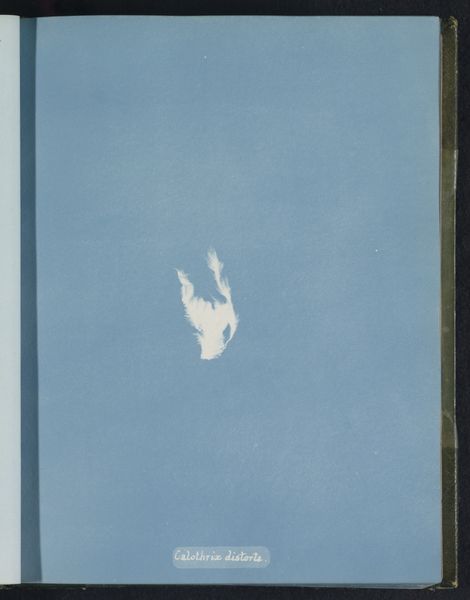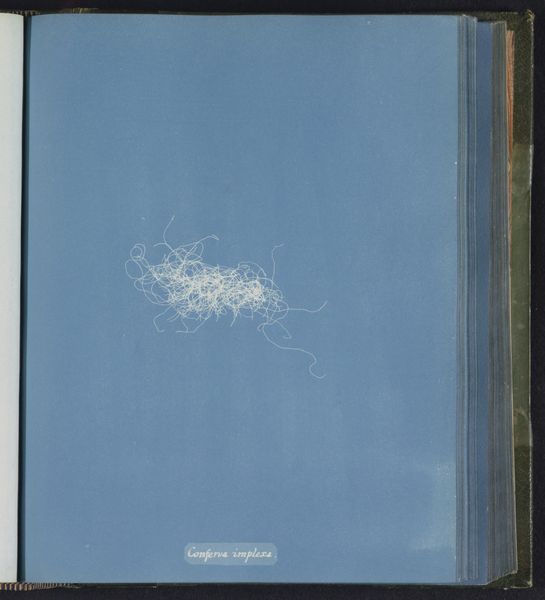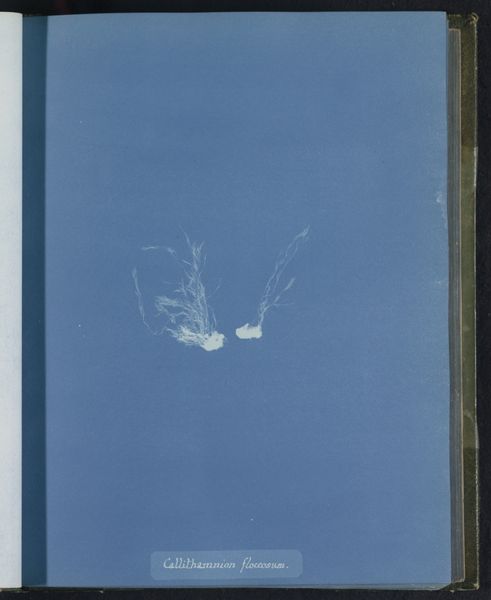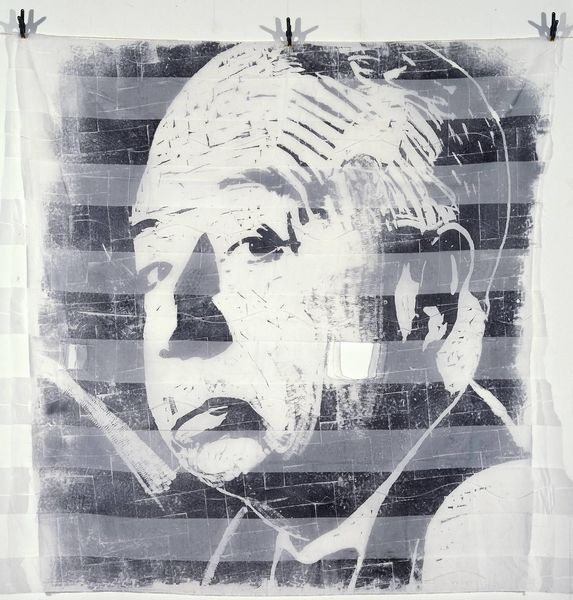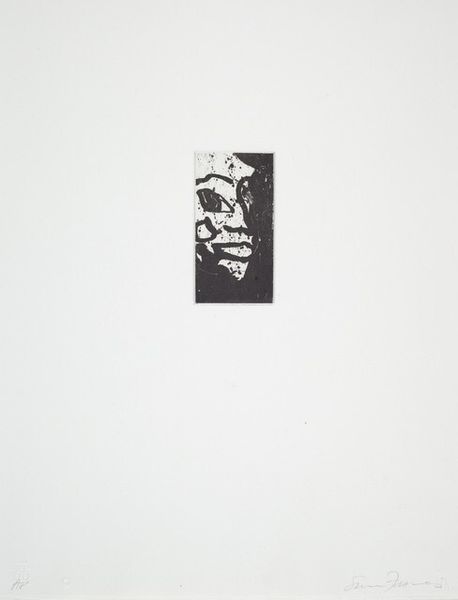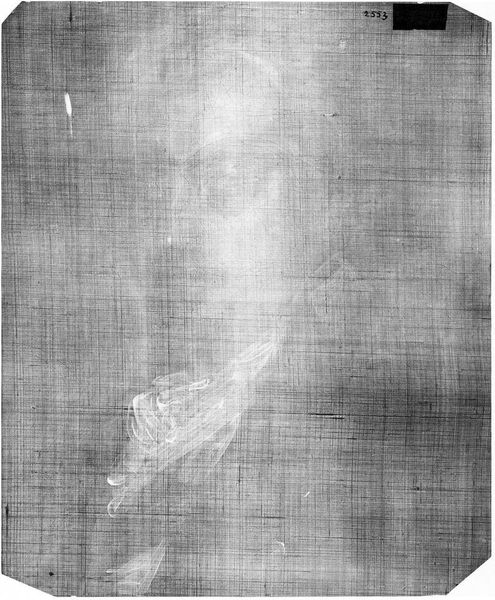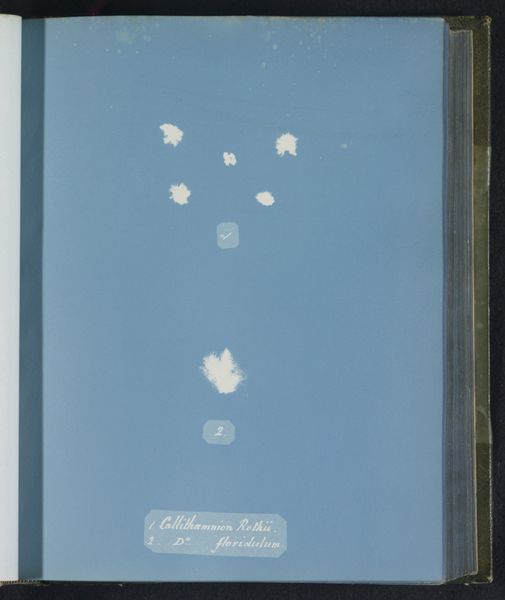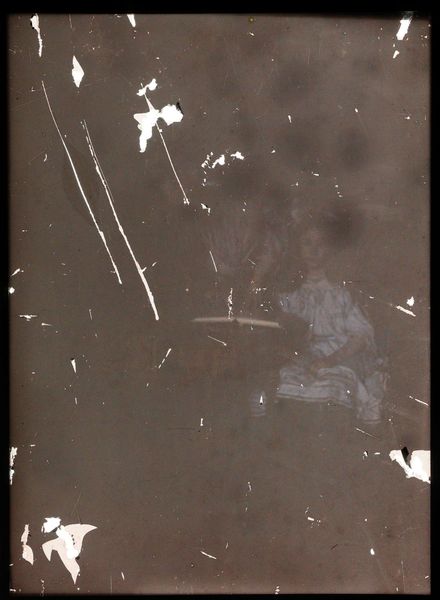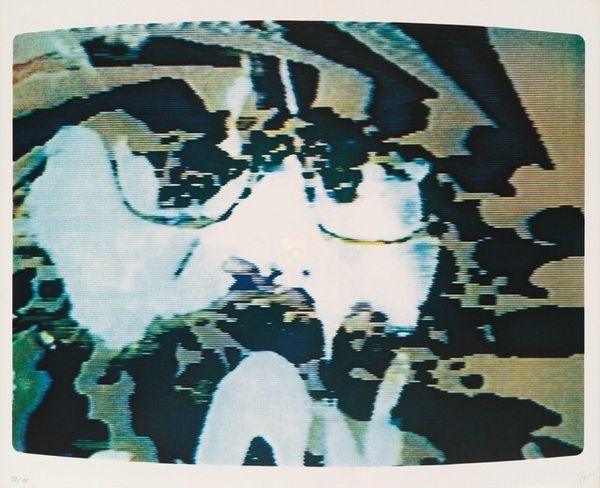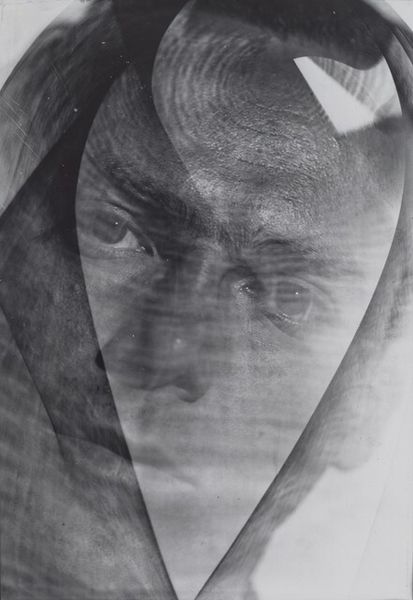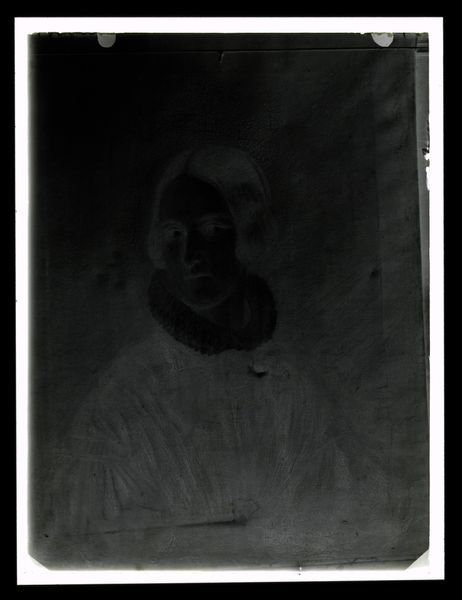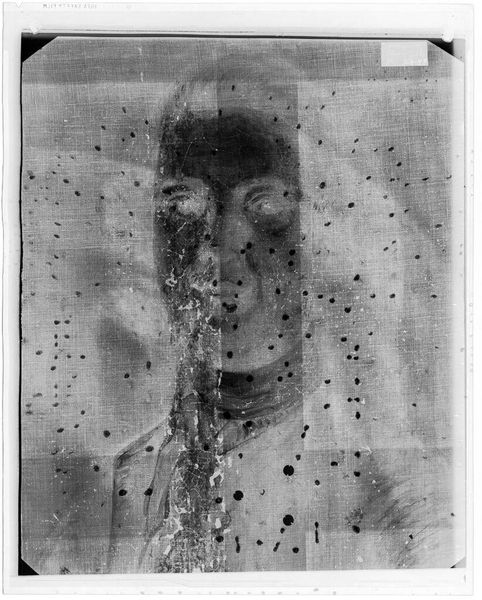
Border Patrol Target #18 Lower Rio Grande National Wildlife Refuge, Texas Possibly 2013 - 2021
0:00
0:00
Dimensions: image/sheet: 45.72 × 34.29 cm (18 × 13 1/2 in.)
Copyright: National Gallery of Art: CC0 1.0
Curator: What strikes me immediately is the density of perforations; there’s a visceral, unsettling quality to the damage depicted. Editor: Indeed. This c-print is titled "Border Patrol Target #18 Lower Rio Grande National Wildlife Refuge, Texas," part of a series Richard Misrach began possibly as early as 2013 and continued until 2021. Misrach’s lens turns toward these forgotten yet highly charged spaces. Curator: It’s raw. You have this stark contrast between the idealized human form printed on the target, then violated by countless bullet holes. The formal elements themselves convey violence—the randomness of the marks, the fragmentation… Editor: Exactly, Misrach photographed targets found within the Lower Rio Grande Valley, an area that represents a convergence of social, political, and environmental concerns linked to the US-Mexico border. The 'appropriation' of this type is meant to function as both art and evidence. Curator: It feels almost anthropological, like uncovering the discarded artifacts of a silent conflict. This abandoned target becomes a symbol of a larger social narrative: surveillance, control, the dehumanization inherent in militarization. Editor: And he presents them devoid of the expected narrative context, forcing us to consider the formal language itself as the means of generating meaning, in essence what could be described as Conceptual Art. The pale light does nothing to lessen the brutal impact, and note how the actual landscape it originally sat in has now become detached. Curator: Ultimately, the accumulation of these violent markings is deeply disturbing, acting as both aesthetic object and sociopolitical statement. Editor: It forces a meditation on the ethics of landscape, photography, and witnessing within highly contested territories. Curator: It reminds us that even seemingly mundane objects can bear the weight of immense social and political burdens. Editor: Agreed, it transforms our gaze into something active, making the act of seeing more than just passive.
Comments
No comments
Be the first to comment and join the conversation on the ultimate creative platform.
